
Solutions
We take a vendor neutral approach when recommending solutions from our multi-supplier portfolio of Voice, Internet, Data, and Cloud Service Providers.
Solutions
We take a vendor neutral approach when recommending solutions from our multi-supplier portfolio of Voice, Internet, Data, and Cloud Service Providers.

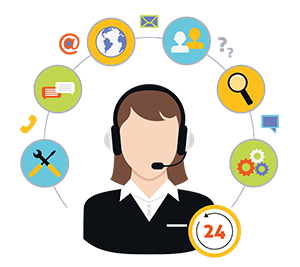



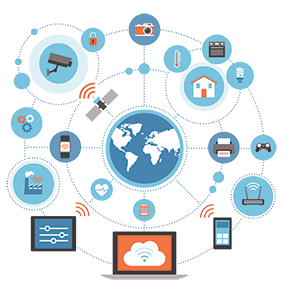

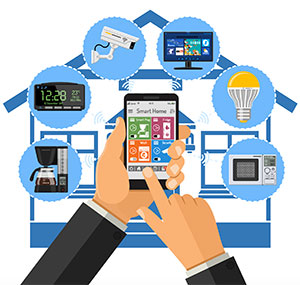
Mobility/IOT
Our managed mobility solutions are designed to reduce your IT burden, provide security, and lower costs.
Expense Management
We manage your wireless enrollments, hardware procurement and optimize your corporate usage plans.
Mobile Device Management
We provide free mobile device management (MDM) software to manage all your mobility devices from one centralized portal.
Internet of Things
The Internet of Things (IOT) is an extension of remote connectivity into physical devices and everyday objects. In IOT requirement, customers typically buy a customized solution that typically consists of sensors, actuators and applications.
Contact us today for a free consultation!

Mobility/IOT
Our managed mobility solutions are designed to reduce your IT burden, provide security, and lower costs.
Expense Management
We manage your wireless enrollments, hardware procurement and optimize your corporate usage plans.
Mobile Device Management
We provide free mobile device management (MDM) software to manage all your mobility devices from one centralized portal.
Internet of Things
The Internet of Things (IOT) is an extension of remote connectivity into physical devices and everyday objects. In IOT requirement, customers typically buy a customized solution that typically consists of sensors, actuators and applications.
Contact us today for a free consultation!
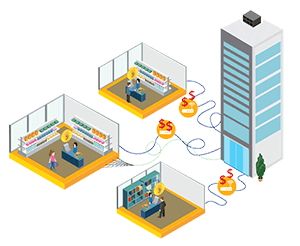


Cloud Computing
Cloud computing is the delivery of computing services – servers, storage, databases, networking, software, analytics, and intelligence over the Internet. You typically only pay for the cloud services that you use, helping lower your operating costs to run your infrastructure more efficiently and scale as your business needs.
Top Benefits of Cloud Computing
Cloud computing is a big shift from the traditional way businesses think about IT resources. Here are six common reasons organizations are turning to cloud computing services:
Cost
Cloud computing eliminates the capital expense of buying hardware and software, setting it all up and running on-site data centers.
Speed
Most cloud computing companies are provide self service and on demand services, so even vast amounts of computing resources can be provisioned within minutes.
Productivity
On-site data centers typically require a lot of “racking and stacking”—hardware set up, software patching, and other time-consuming IT management chores. Cloud computing removes the need for many of these tasks.
Performance
The biggest cloud computing companies run on a worldwide network of secure data centers, which are regularly upgraded to the latest generation of fast and efficient hardware.
Security
Many cloud providers offer a broad set of policies, technologies, and controls that strengthen your security posture overall, helping protect your data, apps, and infrastructure from potential threats.
Contact us today for a cloud transformation consultation!

Cloud Computing
Cloud computing is the delivery of computing services – servers, storage, databases, networking, software, analytics, and intelligence over the Internet. You typically only pay for the cloud services that you use, helping lower your operating costs to run your infrastructure more efficiently and scale as your business needs.
Top Benefits of Cloud Computing
Cloud computing is a big shift from the traditional way businesses think about IT resources. Here are six common reasons organizations are turning to cloud computing services:
Cost
Cloud computing eliminates the capital expense of buying hardware and software, setting it all up and running on-site data centers.
Speed
Most cloud computing companies are provide self service and on demand services, so even vast amounts of computing resources can be provisioned within minutes.
Productivity
On-site data centers typically require a lot of “racking and stacking”—hardware set up, software patching, and other time-consuming IT management chores. Cloud computing removes the need for many of these tasks.
Performance
The biggest cloud computing companies run on a worldwide network of secure data centers, which are regularly upgraded to the latest generation of fast and efficient hardware.
Security
Many cloud providers offer a broad set of policies, technologies, and controls that strengthen your security posture overall, helping protect your data, apps, and infrastructure from potential threats.
Contact us today for a cloud transformation consultation!


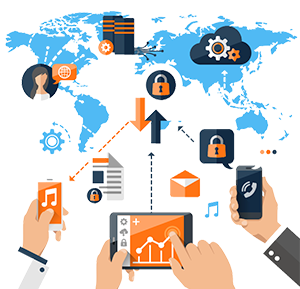
Cybersecurity
Cybersecurity is the practice of protecting systems, networks, and programs from digital attacks. These cyberattacks are usually aimed at accessing, changing, or destroying sensitive information; extorting money from users; or interrupting normal business processes.
Types of Cybersecurity threats
Ransomware
Ransomware is a type of malicious software. It is designed to extort money by blocking access to files or the computer system until the ransom is paid.
Malware
Malware is a type of software designed to gain unauthorized access or to cause damage to a computer.
Social Engineering
Social engineering is a tactic that adversaries use to trick you into revealing sensitive information. They can solicit a monetary payment or gain access to your confidential data.
Phishing
Phishing is the practice of sending fraudulent emails that resemble emails from reputable sources. The aim is to steal sensitive data like credit card numbers and login information. It’s the most common type of cyber-attack.
Contact us today to schedule a cybersecurity vulnerability assessment!

Cybersecurity
Cybersecurity is the practice of protecting systems, networks, and programs from digital attacks. These cyberattacks are usually aimed at accessing, changing, or destroying sensitive information; extorting money from users; or interrupting normal business processes.
Types of Cybersecurity threats
Ransomware
Ransomware is a type of malicious software. It is designed to extort money by blocking access to files or the computer system until the ransom is paid.
Malware
Malware is a type of software designed to gain unauthorized access or to cause damage to a computer.
Social Engineering
Social engineering is a tactic that adversaries use to trick you into revealing sensitive information. They can solicit a monetary payment or gain access to your confidential data.
Phishing
Phishing is the practice of sending fraudulent emails that resemble emails from reputable sources. The aim is to steal sensitive data like credit card numbers and login information. It’s the most common type of cyber-attack.
Contact us today to schedule a cybersecurity vulnerability assessment!
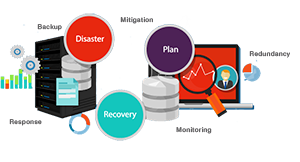

Our Suppliers










































